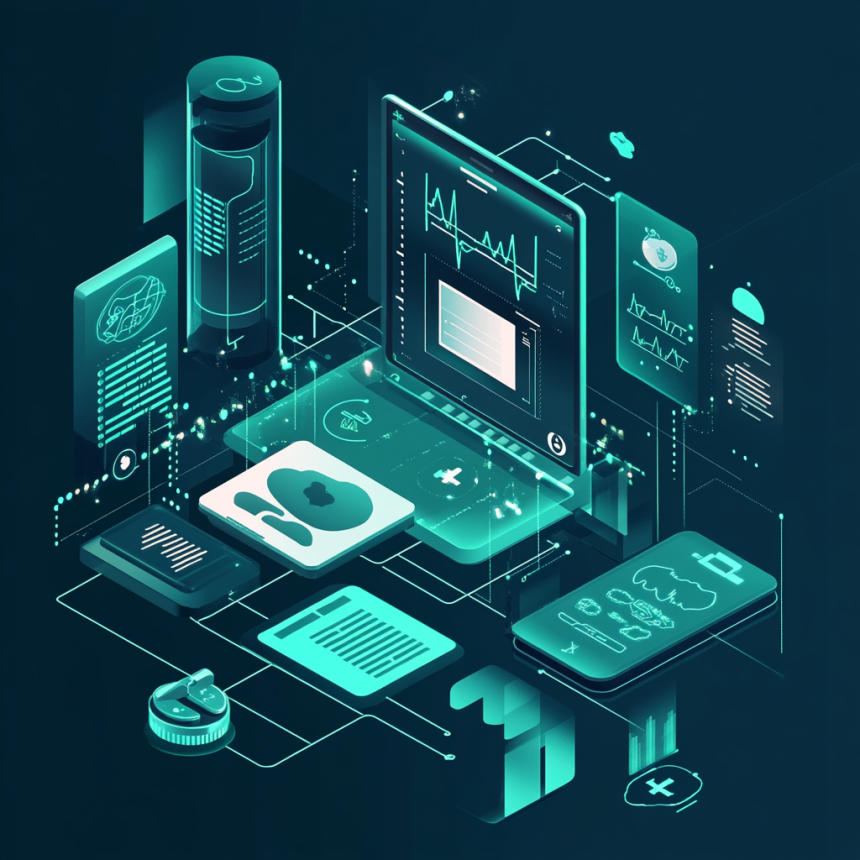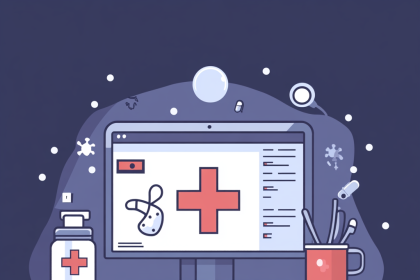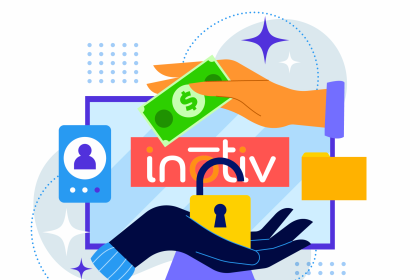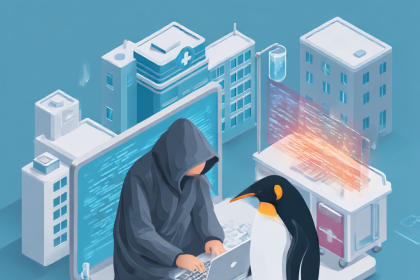The healthcare industry’s growing reliance on software-as-a-service (SaaS) platforms has brought notable efficiencies—but also new risks. One of the most serious incidents to date occurred earlier this year when Episource, a prominent provider of healthcare data analytics and coding services, suffered a significant cyberattack. As first reported by AOL.com, the breach exposed the personal and health information of more than five million individuals in the United States.
Episource detected suspicious activity on February 6, but further investigation revealed the unauthorized access began as early as January 27. While financial information wasn’t taken, the attackers copied data including names, Social Security numbers, contact information, Medicaid IDs, and full medical histories. The company stated it hasn’t seen evidence of misuse, but experts caution that health data breaches often result in long-term consequences like identity theft and insurance fraud.
The attack highlights the inherent vulnerability introduced when third-party SaaS vendors handle sensitive patient records. Unlike credit card numbers, which can be changed quickly, health data is permanent and highly valuable to cybercriminals. Episource joins a growing list of healthcare software providers—such as Accellion and Blackbaud—whose breaches have triggered public outcry, class-action lawsuits, and regulatory scrutiny.
A warning sign for digital health security
The Episource breach underscores the critical need for robust cybersecurity practices not only within healthcare institutions but across their entire digital supply chain. As the healthcare sector continues to digitize, providers must evaluate the risks associated with vendor partnerships and push for stronger protections and accountability.
Protecting patient data in a SaaS-driven healthcare era
The massive breach at Episource is a stark reminder that as healthcare embraces digital transformation, data protection must keep pace. While SaaS platforms offer scalability and efficiency, the safety of millions depends on airtight cybersecurity practices and rapid response protocols. For patients, it’s vital to remain vigilant and consider tools like identity protection to guard against downstream threats.







